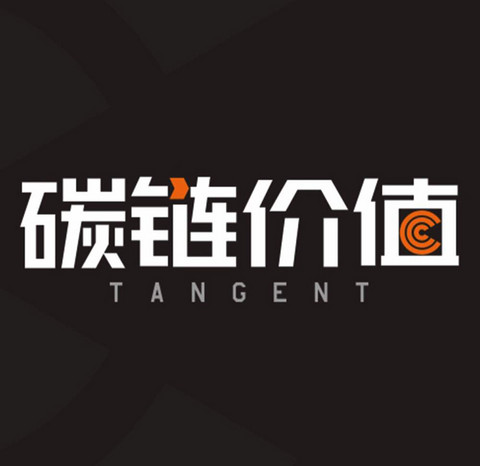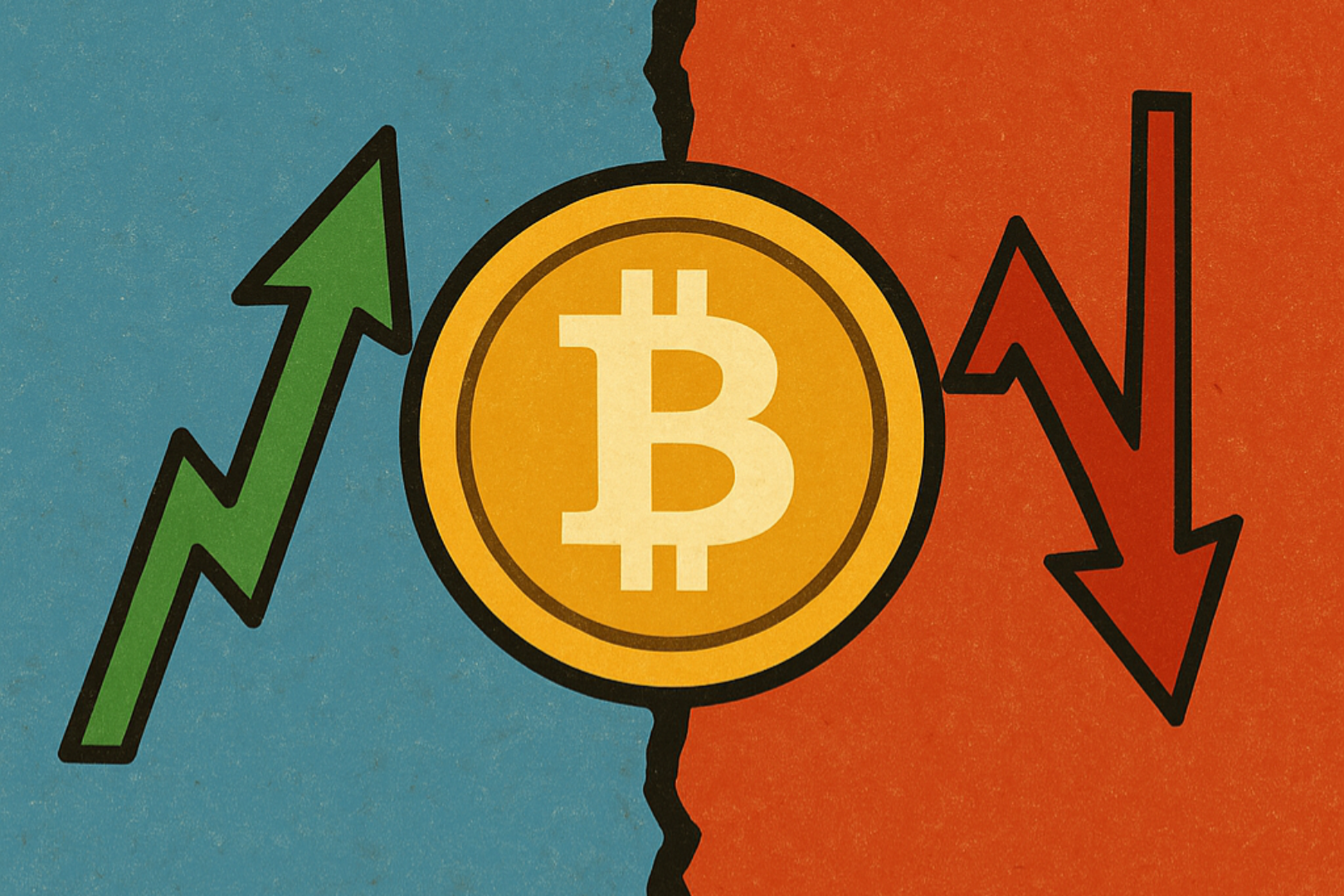The defeat was doomed two weeks ago? Why “Sushi” Buying back SUSHI Tokens Is Not a Good Thing
Editor's Note: This article comes fromCarbon chain value (ID: cc-value)Editor's Note: This article comes from
Carbon chain value (ID: cc-value)
Carbon chain value (ID: cc-value)
, Author: Luke Bailey, reprinted with permission by Odaily.
Is Decentralized Finance Really Cooling?
In recent days, the capricious "sushi" Sushiswap has become the headline news in the encryption industry. The plunge on September 15 caused an uproar in the DeFi community. Many people pointed the finger at the current project leader SBF. purchase.
But in fact, the fate of "Sushi" Sushiswap's failure was doomed as early as two weeks ago.
About two weeks ago, "Sushi" Sushiswap's anonymous core developer Chef Nomi suddenly exchanged the millions of SUSHI tokens he held for ETH, which caused the overall liquidity of his platform to drop sharply in an instant. For many DeFi projects, it is very incomprehensible for the founders to do this kind of behavior. This practice usually brings a fatal blow to the project itself, because it damages the most core concept of the encryption community: confidence.
If the founders don't even have confidence in their own project, who can trust the project?
Confidence is the core element in building the entire DeFi project and community, but this foundation was disintegrated two weeks ago, and the fate of "Sushi" Sushiswap may have been doomed since then.
Soon, the loss of community confidence was reflected in the token price. The price of SUSHI tokens plummeted from 5.05 USDT to 1.3 USDT that day, which triggered strong criticism from the community including FTX founder SBF. Perhaps influenced by public opinion, Chef Nomi announced shortly after cashing out that he would give up control of "Sushi" Sushiswap, and handed over this power to FTX founder SBF.
Is it really wise to buy back SUSHI tokens from the market?
The so-called "three fires for new officials":
The first fire of SBF announced that it would continue to complete the originally designed project migration plan;
The second fire was even more amazing. He announced that he would airdrop 2 million SUSHI tokens to liquidity providers during the migration process! Affected by this good news, SUSHI tokens rebounded and surged from a price close to $1 to a maximum range of $3.5 in a short time;
The third fire was the successful selection of nine multi-signature executors.
But unexpectedly, on September 11, Chef Nomi suddenly surfaced and said that he would return all the ETH tokens previously cashed out to the community and give the entire community the right to use the money. After voting on the proposal, the community decided to use the $14 million worth of ETH to repurchase SUSHI tokens.
Obviously, Chef Nomi hopes to achieve one goal through this method: to restore the community's confidence in "sushi" Sushiswap.
In fact, repurchase is a trading method in the traditional stock market, which refers to the behavior of a listed company to repurchase a certain amount of shares issued by the company from the stock market by means of cash or other means. Generally speaking, repurchases are a positive market signal, but sometimes this is not the case, and the purpose, use and effect of repurchases are often not as good as they seem. In the Defi project, some "giant whales" may "collude" with the project side to fool investors into saying that the buyback is actually just a false shot. What they want in the end may be to facilitate the reduction of holdings after the price of tokens rises.
For the "Sushi" Sushiswap project, the negative impact of the repurchase is even more magnified.
Since the community’s confidence in the “Sushi” Sushiswap project has been hit before, the news of this repurchase has aggravated investors’ dissatisfaction with the project. Some users even worried that they will be fooled a second time, saying that “Sushi” has gone bankrupt.
Now that many investors are preparing to dump the "sushi" SUSHI token, and confidence in the new team is getting low, the high circulation of SUSHI tokens does not seem to help. Even though token inflation is currently reduced by 90%, the price simply cannot recover.
Not only that, but the multi-signature executors selected by "Sushi" also raised doubts in the community, because two of the stakeholders, Robert Leshner, founder of Compound, and Matthew Graham, CEO of Sino Global Capital, once invested in SBF's district Blockchain projects Solana and Serum, SBF has been hoping to establish support for SushiSwap on the Solana blockchain other than Ethereum, and at the same time integrate Serum, a DeFi decentralized exchange built on the Solana blockchain, with the Sushiswap order book, the community Very worried about SBF using "sushi" for personal gain and achieving its ultimate goal of overthrowing the slow and expensive ERC-20 token standard on Ethereum with Solana's SPL token standard
Liquidity has been hit, has SushiSwap lost its market competitiveness?
The original "sushi" Sushiswap platform is not in the best state at present. In the past few days, the locked volume of the platform has dropped sharply, and it has been reduced by nearly 500 million US dollars. At the time of writing this article, according to DeBank data, the locked-up volume of “sushi” has dropped to 775.9 million US dollars, a 24-hour drop of 5.32%, and has now slipped to the eighth place in the locked-up volume of DeFi projects.
In addition, the trading volume of the "sushi" Sushiswap platform has also declined every day. On September 10, the trading volume of "sushi" hit a record high of 274 million US dollars, but by September 14, the trading volume had decreased to 155 million US dollars. Up to 43.4. As shown below:
The numbers don’t lie, the drastic cuts to economic incentives have had a negative impact on Sushiswap’s total liquidity. On SushiSwap, market participants can add digital currencies to their liquidity pools and get rewards. Like other platforms in the DeFi market, early liquidity providers can also get rewards for bootstrapping liquidity. However, since the Uniswap migration, recent changes (reducing the number of token rewards allocated to liquidity providers by 90%, and reducing block rewards from 1000 SUSHI tokens to 100 SUSHI tokens) have resulted in the aggregated liquidity on the platform The total fell by more than 42%.
From the figure below, we can clearly see the comparison of liquidity changes between Uniswap and Sushiswap during this period (source: TradeBlock):
During the same period, although it experienced small fluctuations, Uniswap, which was originally not optimistic, began to reverse its decline, and once set an attractive score of US$1.12 billion in liquidity and US$468 million in transaction volume. Unlike "Sushi" Sushiswap, Uniswap did not issue governance tokens. Although its lock-up volume fell to a low of 525 million US dollars last week, it has now rebounded to about 1 billion US dollars, and it has always remained in the top five DeFi lock-up volume left and right positions.



